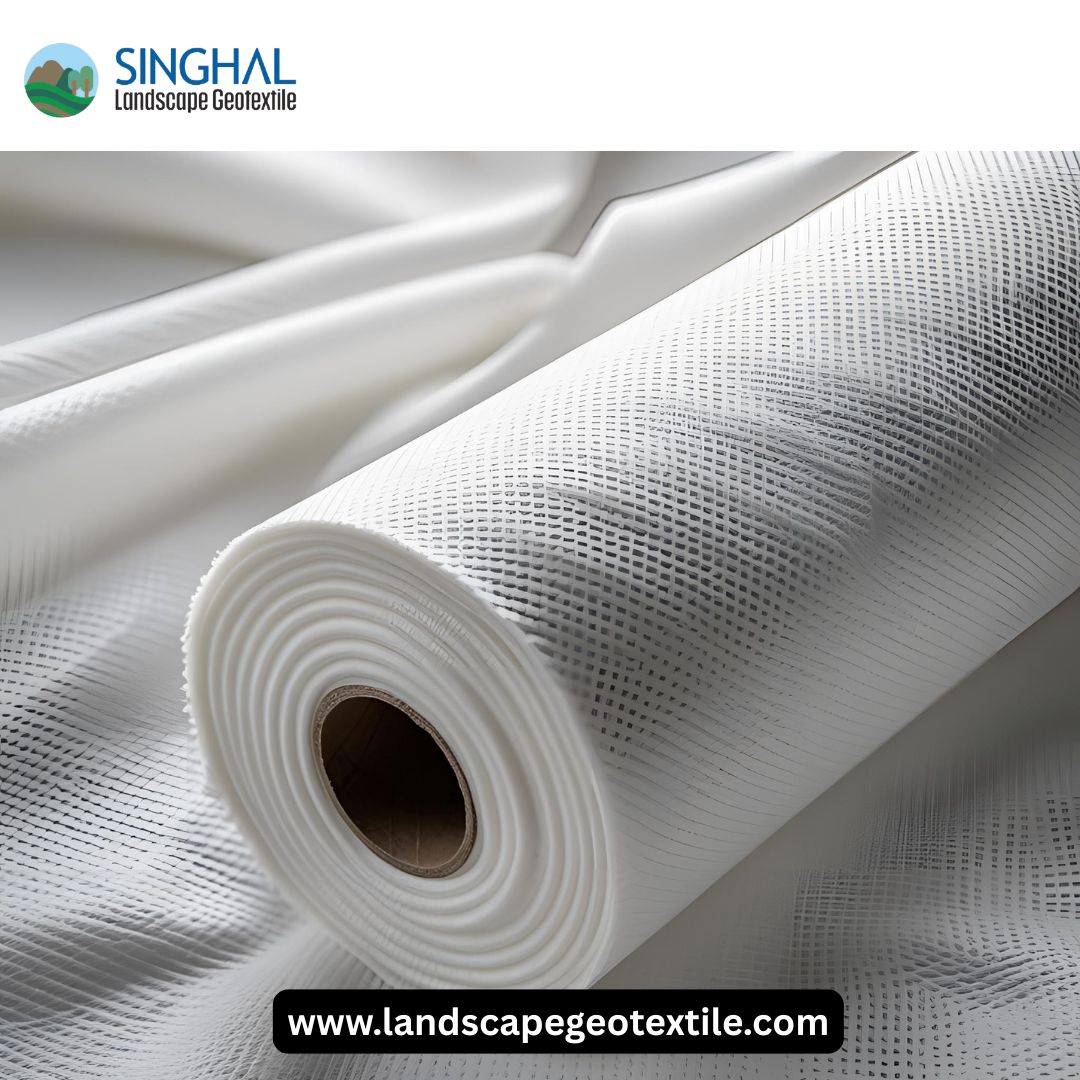In recent years, more industries are seeking multi-purpose, durable and eco-friendly materials. The demand for PP spunbond non woven fabric, in sectors like healthcare, agriculture, packaging and industrial markets, is rapidly growing. The versatility comes from the features that spunbond non woven material has: strength, flexibility, cost-efficiency. Spunbond is a derived textile from a more complex process, producing PP fabrics that are bonded without weaving or knitting which makes the fabric strong while staying lightweight. As industries invent more useful products, the importance of dependable PP spunbond non woven fabric factories becomes even more important to provide quality, and consistency for end-users.
Understanding PP Spunbond Non Woven Fabric
The PP spunbond non woven fabric hs code is a non woven construction material made from polypropylene, a thermoplastic polymer which offers flexibility, resistance to moisture, chemicals and the ability to preserve form during extended contact with heat. The “spunbond” method of fabric construction creates a stable fabric by taking continuous polymer filaments of polypropylene, laying them randomly on a collection conveyor belt and then bonding the fibers to produce a stable web of fabric by means of pressure and heat. The end result is a fabric that has uniform fiber placement, great tensile strength, and extremely breathable. The uses of this product are extensive and include disinfected/disposable medical products such as masks and gowns, including agricultural mulch film, and industrial designs such as filtration. This type of fabric can be designed with variations, such as additional waterproofing properties or more resistance to tensile strength properties. Since it is extremely flexible in design, it is very useful for modern manufacturers.
The Function of a Manufacturer of PP Spunbond Non-Woven Fabric
It is important to choose a good manufacturer to guarantee the quality of the PP spunbond non-woven fabric. A good PP spunbond non-woven fabric manufacturer will ensure that each roll of fabric is manufactured with the highest standards of strength, uniformity, and safety. Manufacturers in regions such as Gujarat, India, have emerged as preferred sources, because of their modern manufacturing facilities and specialized expertise in producing polypropylene fabric. These manufacturers also focus on innovation, quality assessment, and on-time delivery, all of which are critical to industries that rely on the consistent performance of material. Medical applications or industrial applications, a quality manufacturer can provide reasonably priced fabrics at different qualities, including several characteristics such as weight or thickness, color, etc., depending on the specific requirements of the client.
Global Trade and the HS Code for PP Spunbond Non Woven Fabric
When you import or export PP spunbond non woven fabric manufacturer, you need to know the HS code (Harmonized System code) to clear customs and trades documentation. In general, PP spunbond non woven fabric uses an HS code that falls under the non-woven fabrics of polypropylene or other plastics. In most cases, this code works for easy and organized international trade by categorizing the product for tariffs and regulations. For example, the HS code for polypropylene spunbond non woven fabric could be placed under 5603.13, but it more or less depends on the specifications of the fabric, including its weight and finish. There is value in knowing this HS code correctly since it streamlines logistics and is also considered an important factor of compliance in international trade standards, especially for buyers and manufacturers across global markets.
PP Spunbond Non Woven Fabric Manufacturer in Gujarat
Gujarat has positioned itself as a producer of high-quality non woven fabrics, including PP spunbond non woven fabric. There are many manufacturers in this region, all of which have good machinery available and trained staff members to produce fabrics that will meet international standards. Gujarat is uniquely located, with many ports and excellent transport facilities, allowing for export-oriented production. A PP spunbond non woven fabric manufacturer in Gujarat typically produces a wide range of products ranging from 20 or 25 gsm PP spunbond non woven fabrics for medical uses, to materials for construction or industrial applications. Manufacturers of PP spunbond non woven fabrics also tend to offer ecologically sustainable production practices and promote environmentally-friendly projects, as well as adhere to global standards of quality for their products.
Conclusion
As the world gravitates towards sustainable and versatile materials, PP spunbond non woven fabric manufacturer in gujarat is set to play a pivotal role in shaping future manufacturing trends. Its adaptability across diverse applications, combined with ongoing innovations in production techniques, ensures that it remains a preferred choice for industries worldwide. For businesses seeking reliable supply sources, partnering with a reputable PP spunbond non woven fabric manufacturer—especially in key regions like Gujarat—can provide a competitive edge. Moving forward, advancements in eco-friendly polypropylene variants and enhanced production processes are expected to further elevate the capabilities and applications of this remarkable fabric.
Frequently Asked Questions
- What are the main advantages of using PP spunbond non woven fabric?
PP spunbond non woven fabric offers benefits such as lightweight construction, high tensile strength, chemical and microbial resistance, breathability, and recyclability. These features make it suitable for a wide range of applications, from medical to industrial. - How is the PP spunbond non woven fabric manufactured?
The fabric is produced through a spunbond process where polypropylene polymer is melted, extruded into continuous filaments, laid randomly on a conveyor, and bonded via heat and pressure. This process results in a uniform, durable fabric. - Who is the largest manufacturer of PP Spunbond Non Woven Fabric?
The HS code helps classify the fabric in international trade, facilitating customs clearance and tariff calculations. Accurate classification ensures smooth import-export procedures and compliance with trade regulations.
